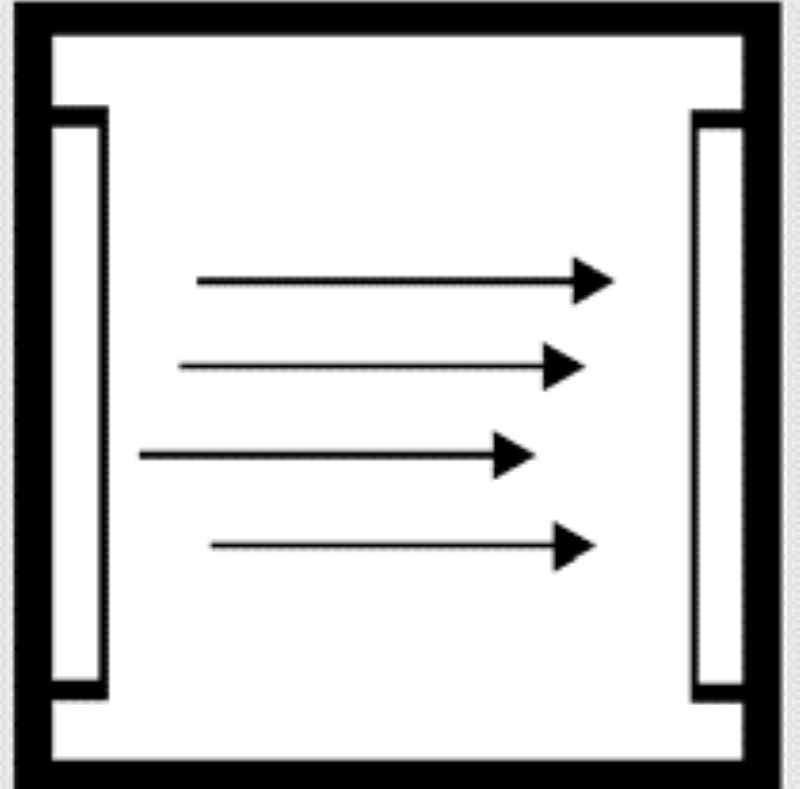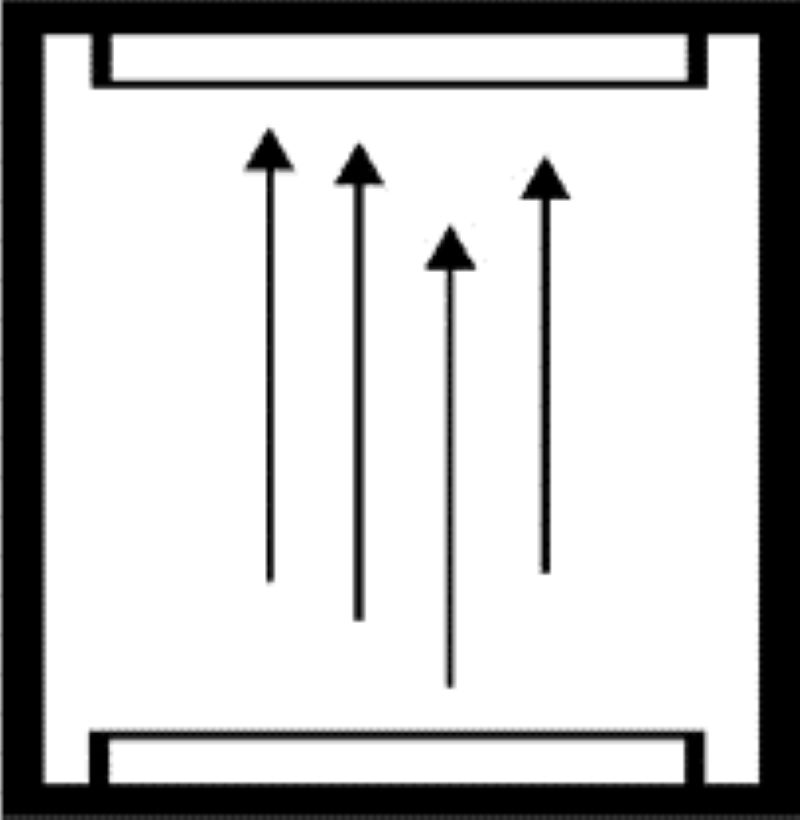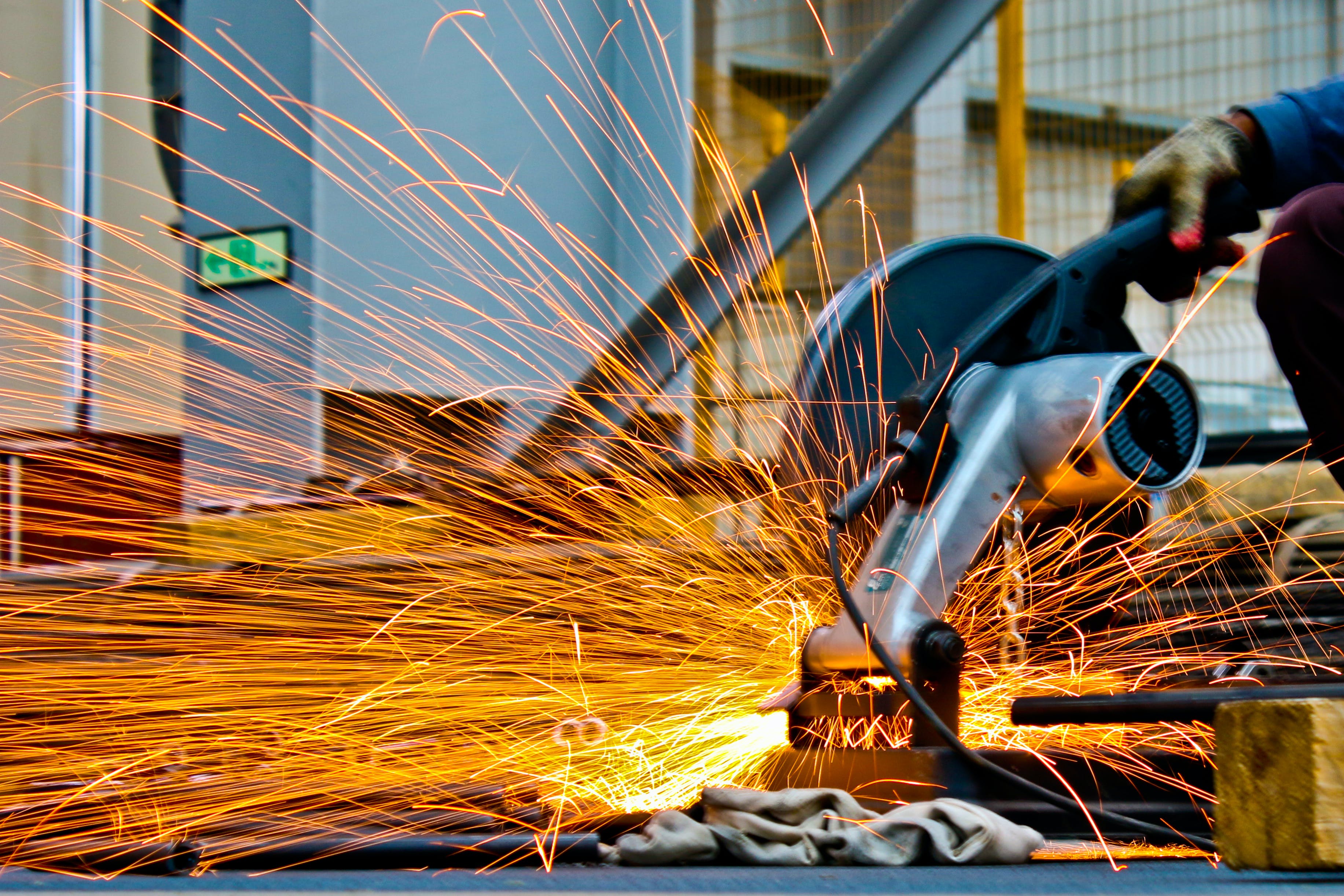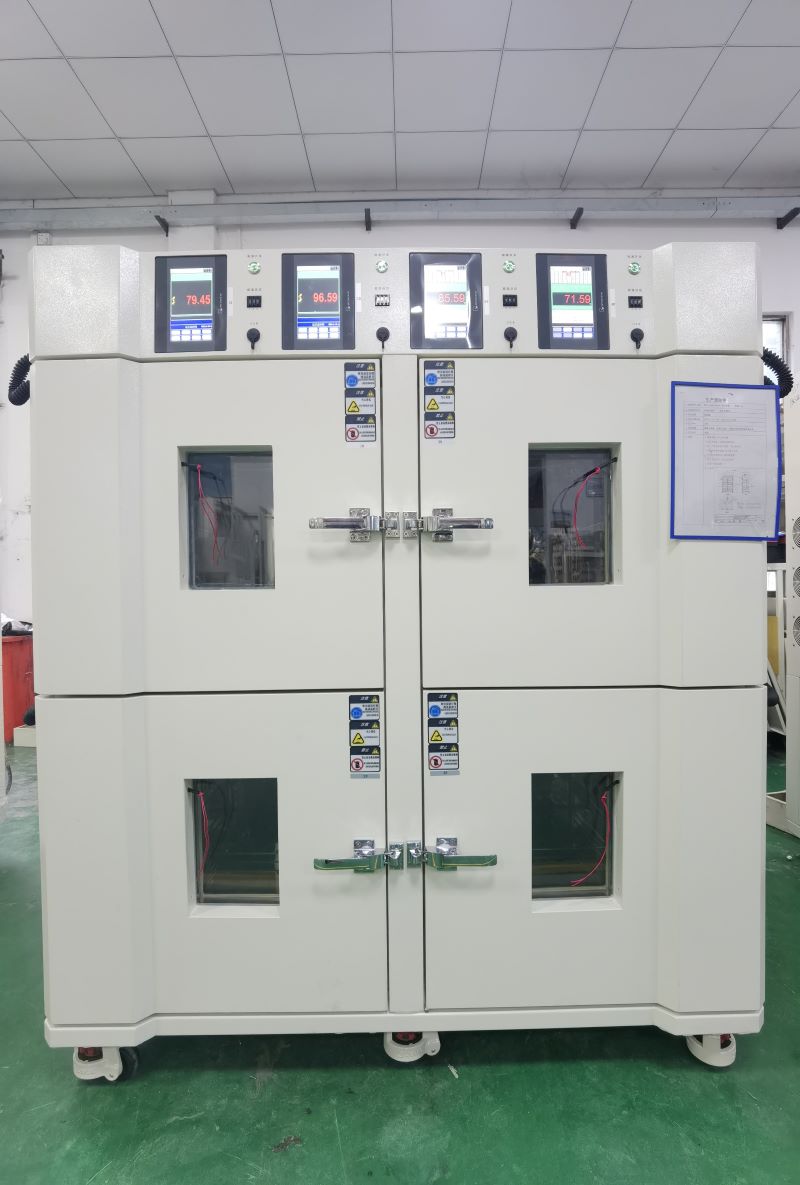Burn-in Chamber
A burn-in chamber is an environmental oven used to evaluates the reliability of multiple semiconductor devices and performs large capacity screenings for premature failure (infant mortality). These environmental chambers are designed for static and dynamic burn-in of integrated circuits (ICs) and other electronic devices such as laser diodes.
Selecting Chamber Size
The chamber size depends on the size of the burn-in board, the number of products in each burn-in board, and the number of batches required per day to meet production requirements. If the interior space is too small, insufficient space between parts results in poor performance. If it is too large, space, time and energy are wasted.
Companies that are purchasing a new burn-in set-up should work with the vendor to ensure the heat source has enough steady-state and maximum capacity to match the load for the DUT.
When using forced recirculating airflow, parts benefit from spacing, but the oven can be loaded more densely vertically because airflow is distributed along the entire side wall. Parts should be kept 2-3 inches (5.1 – 7.6cm) from the oven walls.
Burn-in Chamber Design Specs
Temperature Range
Depending on the requirements of the Device Under Test (DUT) select a chamber that has a dynamic range such as 15°C above ambient to 300°C (572°F)
Temperature Accuracy
It is important that the temperature does not fluctuate. Uniformity is the maximum difference between the highest and lowest temperatures in a chamber at a specified setting. A specification of at least 1% setpoint for uniformity and 1.0°C control accuracy is acceptable in most semiconductor burn-in applications.
Resolution
A high-temperature resolution of 0.1°C will provide the best control to meet burn-in requirements
Environmental Savings
Consider a burn-in chamber that has a refrigerant that has a zero ozone layer depletion coefficient. Burn-in chambers with refrigeration are related to chambers operating in temperatures below 0 degrees Celsius down to – 55°C.
Chamber configuration
The chamber can be designed with card cages, card-slots, and access doors to simplify connecting DUT boards and driver boards with ATE stations.
Chamber Air Flow
In most cases a forced convection oven with recirculating airflow will provide the best distribution of heat and significantly speeds the time-to-temperature and heat transfer to parts. Temperature uniformity and performance depends on a fan design that directs air to all areas of the chamber.
The chamber can be design with a horizontal or vertical airflow. It is important to know the direction of inserting the DUT based on the airflow of the chamber.


Custom ATE Wiring
When it comes to measuring over hundreds of devices, inserting wires through an aperture or test hole may not be practical. Custom wiring connectors can be mounted directly to the oven to facilitate the electrical monitoring of the device with an ATE.
How A Burn-in Oven Controls Temperature
The burn-in oven uses a temperature controller executing a standard PID (proportional, integral, derivative) algorithm. The controller senses the actual temperature value versus the desired setpoint value, and issues corrective signals to the heater calling for application ranging anywhere from no heat to full heat. A fan is also used to equalize the temperature through the chamber.
The most common sensor used for accurate temperature control of the environmental oven is a Resistance Temperature Detector (RTD) which a platinum-based unit typically referred to as a PT100.
Sizing The Chamber
If you are using an existing oven, basic thermal modelling based on factors such as the oven’s thermal capacity and losses, heat-source output, and DUT mass will allow you to verify that the oven and heat source are sufficient to reach desired temperature with a thermal time constant short enough for tight loop response under the controller’s direction.

